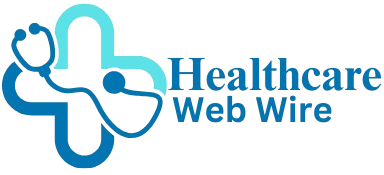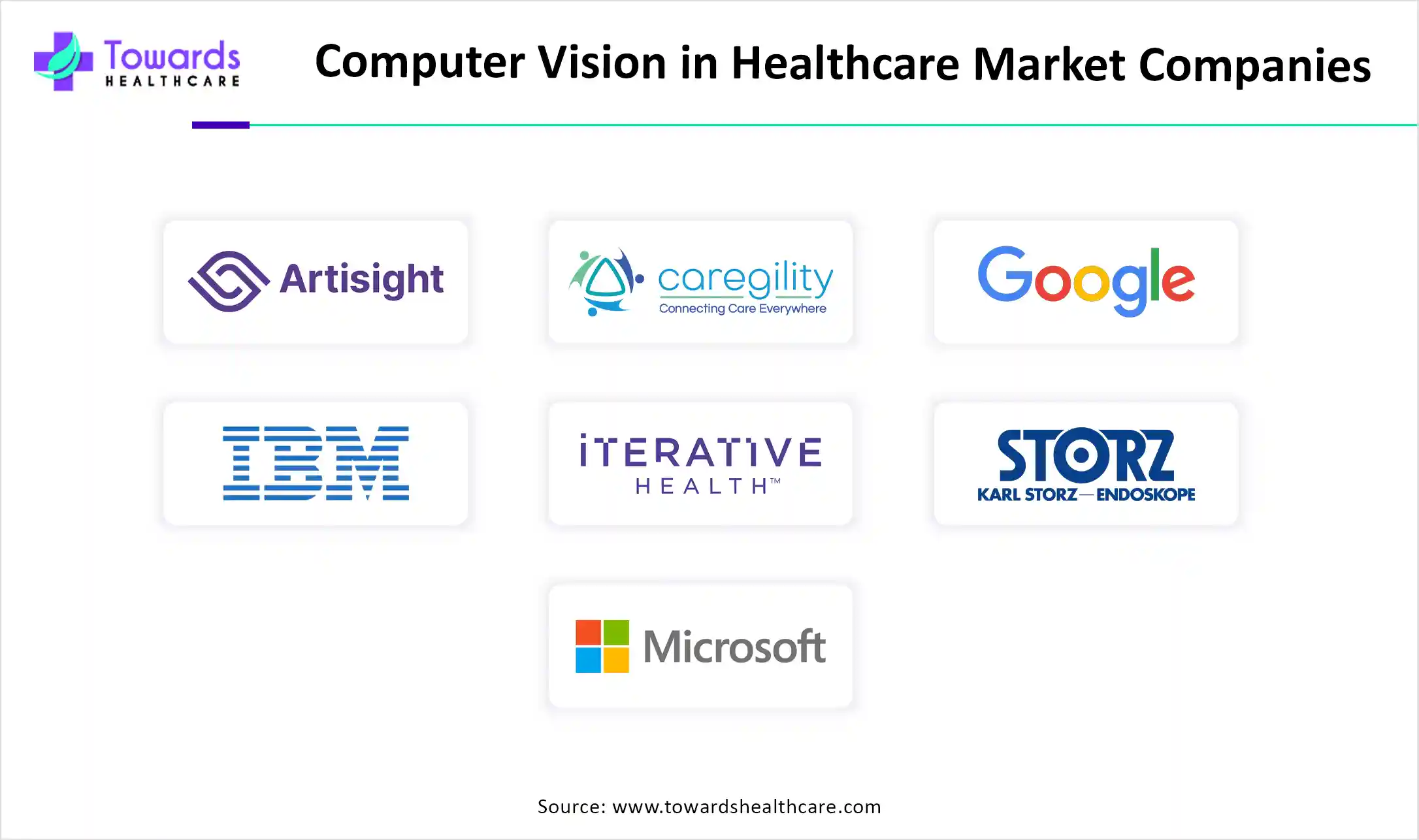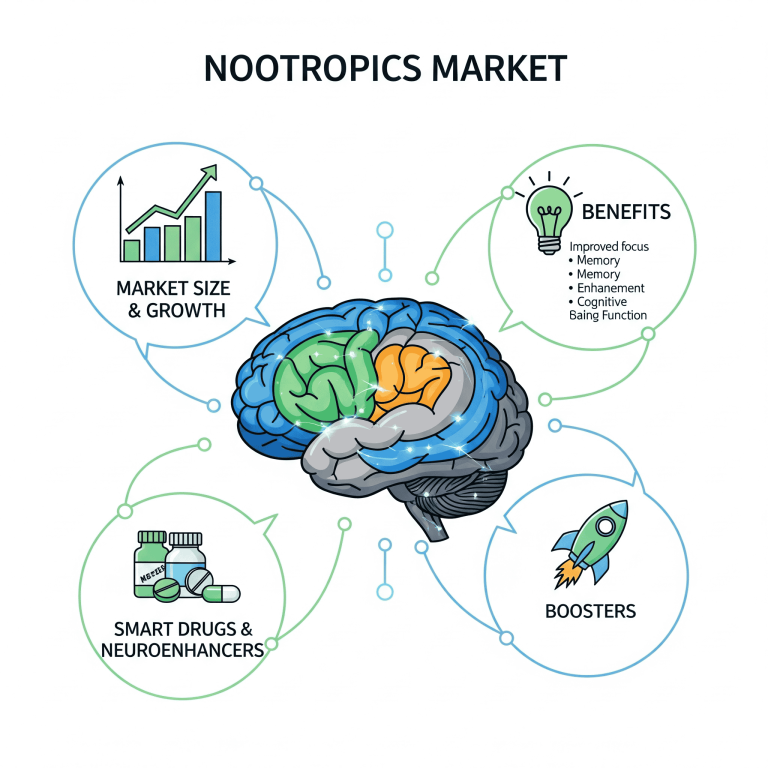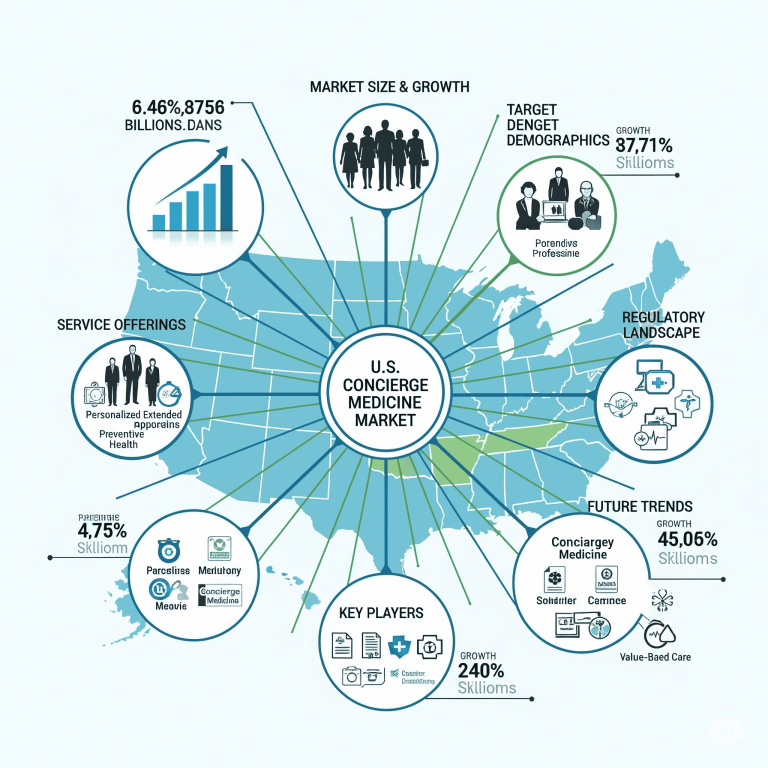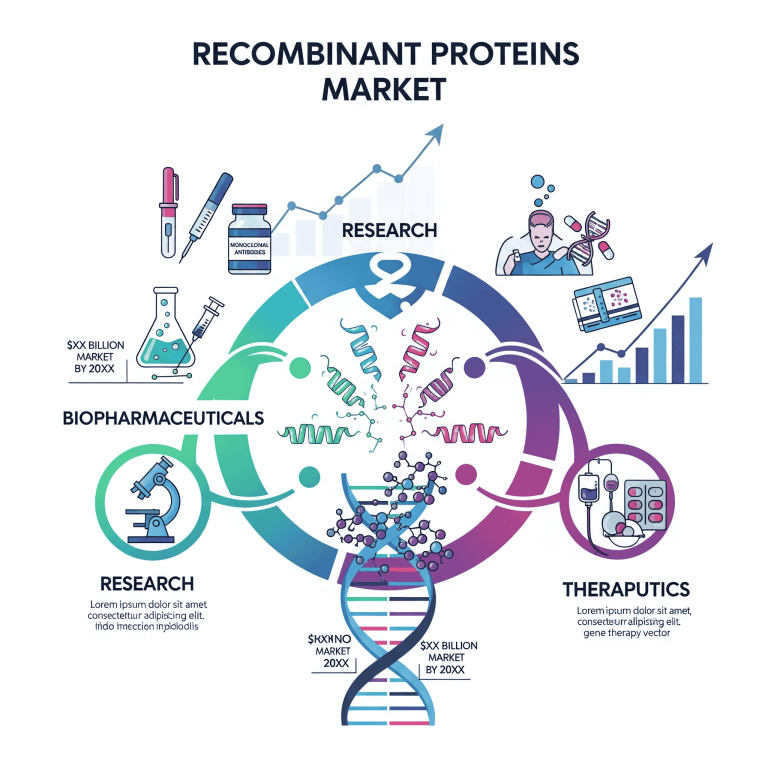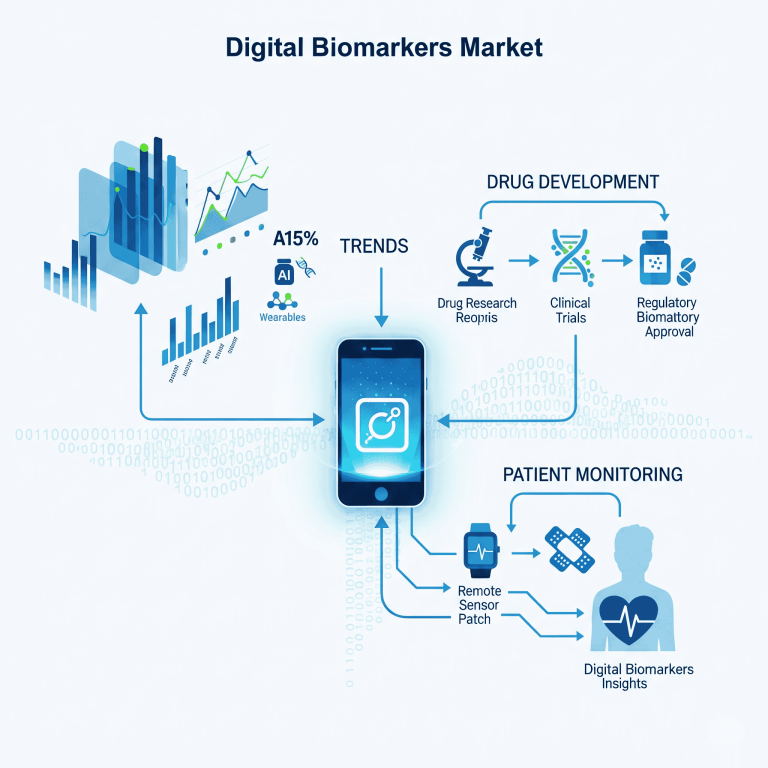
The global computer vision in healthcare market is witnessing rapid expansion, valued at USD 2.45 billion in 2024, increasing to USD 3.32 billion in 2025, and projected to reach around USD 49.26 billion by 2034. The industry is advancing at a CAGR of 35.25% between 2025 and 2034. Growth is fueled by rising adoption of AI-driven imaging, diagnostics, and surgical solutions, along with government support for healthcare digitization.
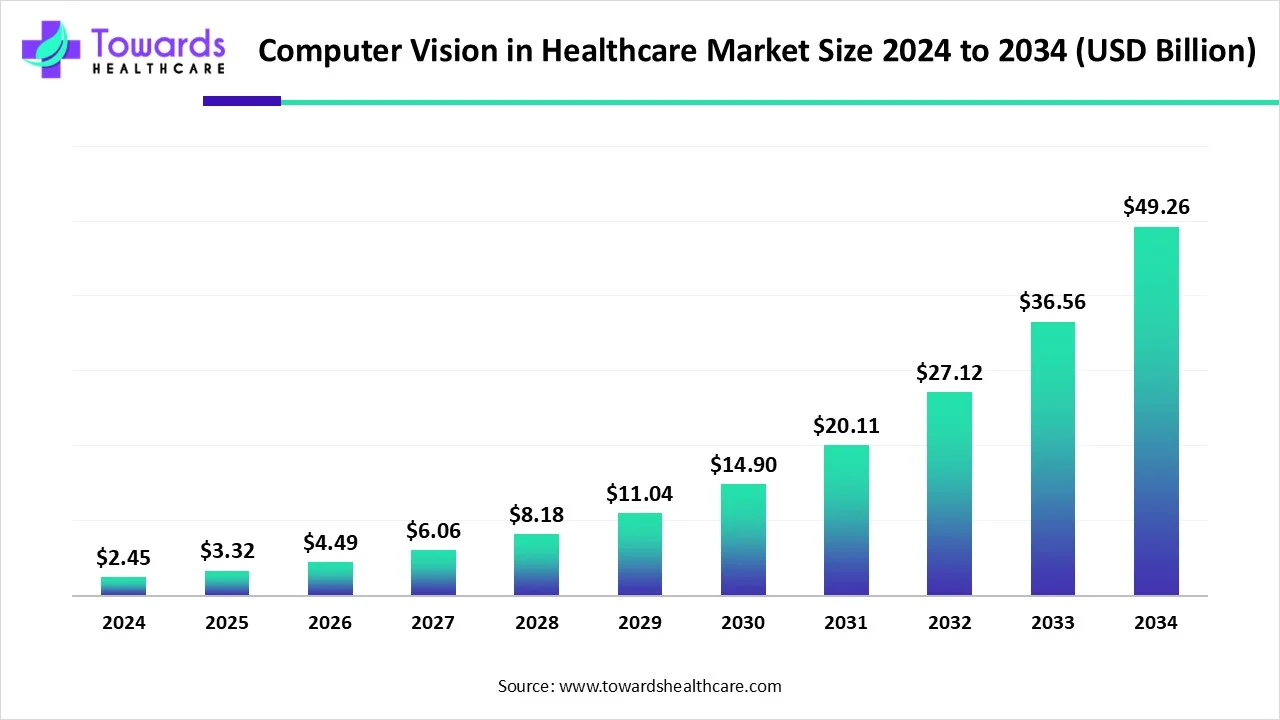
Download the free sample and get the complete insights and forecasts report on this market @ https://www.towardshealthcare.com/download-sample/5585
North America dominated the market in 2024, while Asia-Pacific is set to emerge as the fastest-growing region. Key players in the market include Artisight, Caregility Corporation, Google, IBM, Iterative Health, KARL STORZ, Microsoft, NVIDIA, SenseTime, and Viso.AI.
Market Size 2024–2034
In 2024, the computer vision in healthcare market size was calculated at USD 2.45 billion, establishing the foundation of its global expansion.
The market grew further in 2025, reaching USD 3.32 billion, supported by increasing demand for AI-powered diagnostics and digital imaging.
By 2034, the market is projected to expand significantly to USD 49.26 billion, reflecting the widespread adoption of CV solutions in surgeries, patient monitoring, and diagnostic applications.
The CAGR during 2025–2034 is estimated at 35.25%, showcasing one of the fastest-growing segments within healthcare AI technologies.
Market Trends
◉Strategic Collaborations Driving Growth
a. In March 2025, Blaize Holdings, Inc. partnered with alwaysAI to merge advanced CV technologies with edge chipsets and devices.
b. This collaboration enabled real-time deployment of computer vision in enterprises, including healthcare, for more accurate and efficient clinical workflows.
◉Innovation in Operating Room Efficiency
a. In December 2024, KARL STORZ collaborated with Artisight to launch the Pathway.AI platform.
b. The solution was designed to reduce turnover times, automate manual processes, and improve data accuracy in operating rooms, thereby enhancing surgical efficiency.
◉AI-Powered Diagnostic Advancements
a. In January 2023, Microsoft partnered with VinBrain, supported by Vingroup, to use Azure Cognitive Services for CV.
b. This initiative validated deep-learning models such as Florence for diagnostic imaging, improving the accuracy and scalability of AI-driven healthcare solutions.
◉Expansion of Applications in Healthcare
a. CV technologies are increasingly applied in medical imaging, disease monitoring, and symptom tracking.
b. They support automation of processes like cell counting in culture procedures, reducing time and human error.
c. Beyond diagnosis, CV is used in training healthcare professionals to handle emergencies more effectively.
◉Rising Demand from Chronic Disease Burden
a. Increasing prevalence of chronic conditions has encouraged early detection using CV-enabled diagnostic tools.
b. Growing hospitalization rates have also pushed demand for advanced patient care technologies powered by CV.
◉Government and Policy Support
a. Multiple governments are actively funding and promoting the installation of AI-based systems in healthcare.
b. Supportive policies are accelerating integration of CV solutions in hospitals, diagnostic centers, and other healthcare organizations.
AI Impact or Role in the Computer Vision in Healthcare Market
◉Enhancement of Medical Imaging & Diagnostics
a. AI-driven computer vision systems enable healthcare providers to identify subtle abnormalities in medical imaging data such as CT scans, MRI, and X-rays with a precision rate close to 90%.
b. The ability to detect early-stage conditions improves survival rates in chronic diseases such as cancer and cardiovascular disorders.
c. AI algorithms help reduce manual interpretation errors, standardize diagnostic processes, and ensure consistent results across healthcare facilities.
◉Support in Surgeries and Surgical Decision-Making
a. AI-powered CV systems assist surgeons by providing high-resolution visualization of internal organs, blood flow, and potential complications during surgeries.
b. They identify internal bleeding, blocked arteries, or hidden abnormalities in real time, significantly reducing surgical risks.
c. These tools provide predictive insights such as estimating the required amount of blood during surgery, supporting safer decision-making.
◉Personalized Treatments and Precision Medicine
a. CV combined with AI analyzes patient-specific medical history, imaging data, and genetic information to deliver tailored therapies.
b. This reduces unnecessary treatments, lowers risks of side effects, and enhances patient outcomes.
c. AI-integrated CV embedded in MRI and CT tools supports predictive models for disease progression and targeted treatment strategies.
◉Training and Skill Development of Healthcare Professionals
a. CV solutions powered by AI are used in medical education and training, simulating emergencies and surgical procedures.
b. This reduces dependency on live cases and helps doctors practice without risking patient safety.
c. AI-generated CV feedback allows professionals to improve procedural accuracy, enhancing healthcare quality in the long run.
◉Automation and Efficiency in Healthcare Workflows
a. AI-enabled CV systems automate routine tasks such as cell counting in cultures, medication verification, and monitoring patient adherence to treatment regimens.
b. These applications free up time for healthcare staff, allowing them to focus on critical patient care.
c. Mobile CV-enabled apps track whether patients are following prescribed regimens, thus improving recovery outcomes.
◉Improved Patient Safety and Quality of Care
a. With WHO estimating that 1 in 10 patients suffers harm due to unsafe care, AI in CV minimizes surgical errors and improves monitoring during treatment.
b. Real-time alerts in operating rooms and ICUs reduce delays in detecting complications.
c. Enhanced patient safety leads to higher trust in healthcare providers and greater adoption of CV technologies.
Regional Insights
◉North America
a. North America dominated the global market in 2024 due to its advanced healthcare infrastructure, availability of funding, and presence of leading technology companies.
b. The U.S. records more than 4,000 surgical errors annually, which drives the adoption of CV solutions to improve surgical precision.
c. The “Precision Medicine Initiative” in the U.S. fosters research in personalized treatments, strongly aligning with CV-enabled AI technologies.
d. Canada’s “AI4H Guiding Principles” guide provinces in adopting AI responsibly, ensuring ethical deployment and building public trust.
◉Asia-Pacific
a. The region is expected to grow at the fastest rate during the forecast period, driven by rising healthcare expenditure and government support.
b. In China, the launch of the AI-run Robodoc Hospital in December 2024, entirely operated by robots using CV and predictive analytics, exemplifies the region’s leadership in innovation.
c. Japan, through its “Society 5.0” initiative, is integrating AI in healthcare and planning to establish 10 AI-based hospitals, enhancing access to AI-powered diagnostics and treatments.
d. Growing prevalence of chronic diseases like cancer and cardiovascular disorders further accelerates CV adoption in the region.
◉Europe
a. Europe is expected to grow steadily due to heavy investments, awareness of personalized medicine, and government-backed health programs.
b. The EU4Health program (2021–2027) aims to strengthen healthcare resilience and promote digital adoption, encouraging CV technology integration.
c. Germany, as the third-largest medical technology market globally, benefits from the “Digital Act” which accelerates healthcare digitalization and CV adoption.
d. The UK’s rising healthcare expenditure (approx. £292 billion in 2023) and increasing hospital admissions (17.6 million in 2023) create significant demand for AI-integrated CV technologies.
◉Latin America
a. Latin America is projected to grow at a considerable CAGR, with governments and private organizations promoting AI adoption through seminars and collaborations.
b. Argentina introduced a unified digital medical record system and mandated digital prescriptions under Law 27,553, supporting CV-based digital healthcare infrastructure.
c. Brazil leads the region with its national AI strategy, and the Ministry of Health established the Secretariat of Information and Digital Health to promote digital transformation.
d. These initiatives foster conditions for rapid adoption of CV in diagnostics, treatment, and patient monitoring.
Market Dynamics
◉Driver – Increasing Number of Surgeries
a. Globally, over 313 million surgeries are performed annually, creating immense demand for precision technologies like CV.
b. Rising prevalence of chronic diseases and road accidents adds to surgical volumes, pushing hospitals to adopt advanced visualization and monitoring tools.
c. CV helps surgeons reduce errors by identifying bleeding, blocked arteries, and other anomalies in real time.
d. The technology also predicts blood requirements and enhances post-surgical monitoring, improving survival rates.
◉Restraint – Data Privacy Concerns
a. AI-based CV tools rely heavily on patient data, making them vulnerable to cyberattacks.
b. Breaches of sensitive health records pose risks of misuse, undermining patient trust and slowing adoption.
c. Data security compliance requires significant investment, which limits adoption in resource-constrained healthcare systems.
◉Opportunity – Personalized Treatments
a. CV enables precision medicine by analyzing genetic data, imaging results, and patient history to deliver tailored therapies.
b. This reduces unnecessary medication, lowers side effects, and improves treatment efficacy.
c. CV embedded in MRI and CT scans enhances accuracy in identifying complex illnesses and accelerates treatment planning.
d. Governments worldwide are funding personalized medicine research, aligning with the rapid growth of CV technologies.
